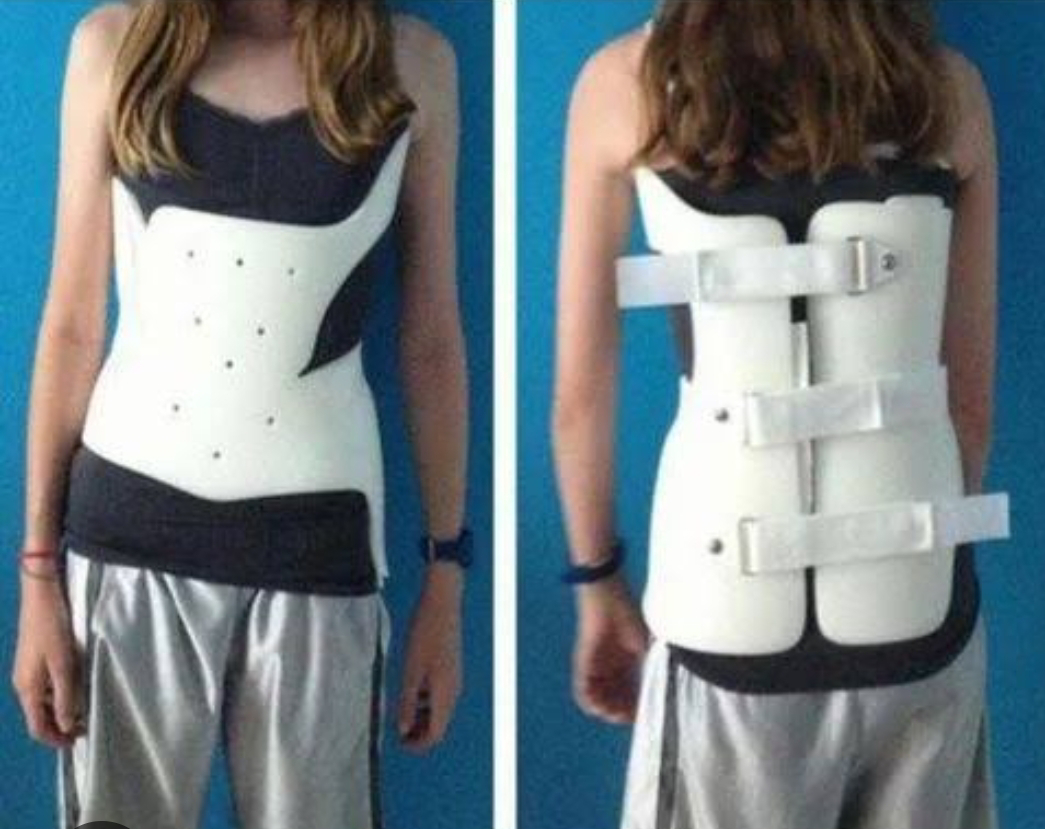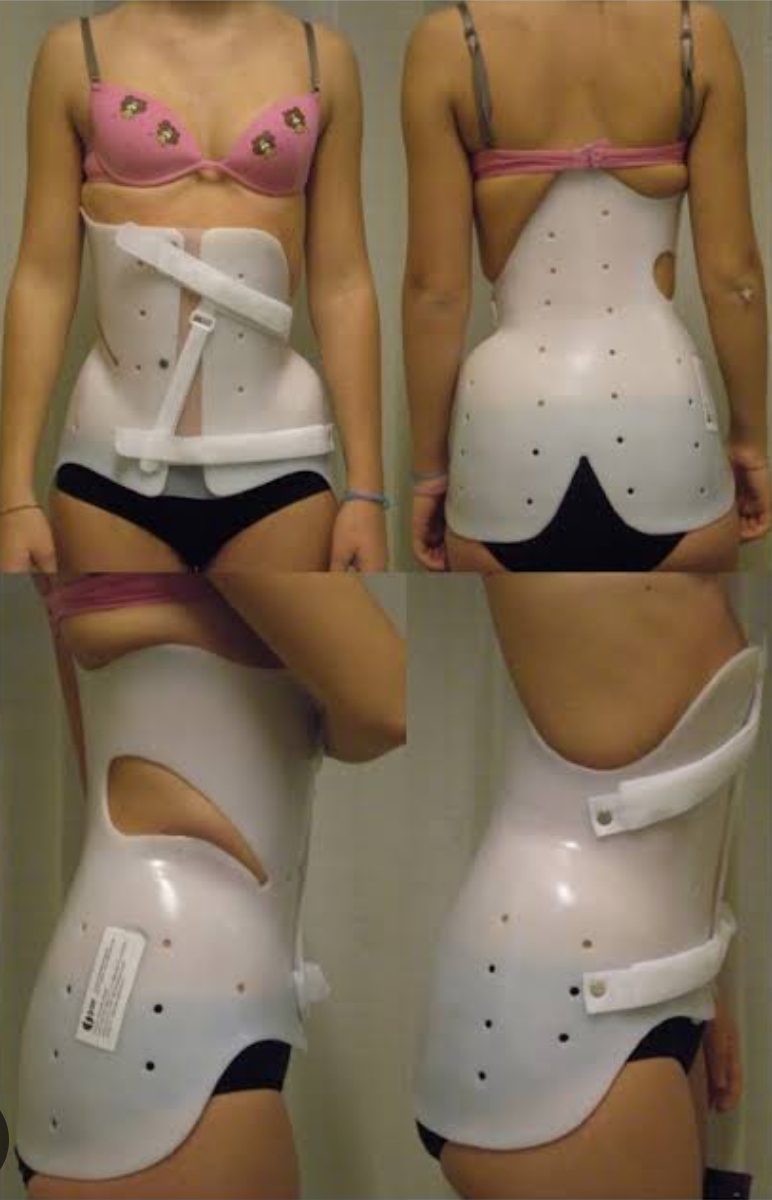Physical therapy is a type of rehabilitative care that focuses on diagnosing and treating injuries, chronic and acute conditions, and movement dysfunction. It aims to improve or restore mobility, strength, movement, range of motion, overall functioning, and quality of life while decreasing pain and preventing further injuries. Here are some benefits of physical therapy:
- Rehabilitation from Sports-Related Injuries: Physical therapy helps decrease pain, strengthen injured areas, and facilitate a safe return to competition after sports injuries.
- Pain Reduction: Physical therapy can alleviate both acute and chronic pain through targeted exercises, manual therapy, and other techniques.
- Improved Mobility: By working on your musculoskeletal, nervous, cardiopulmonary, and integumentary systems, physical therapy enhances overall mobility and movement.
- Injury Prevention: Physical therapy can help prevent injuries before they occur by addressing movement patterns and strengthening vulnerable areas.
- Chronic Condition Management: It’s effective for managing conditions like COPD, cerebral palsy, multiple sclerosis, and more.
- Avoiding Surgery: In some cases, physical therapy can help you avoid surgery by promoting healing and restoring function.
Remember to consult a physical therapist for personalized guidance based on your specific needs!
How does Physical Therapy improve health ?
Physical therapy offers several benefits for health and wellness. Here are some ways it can help:
- Pain Management: Physical therapy reduces pain related to acute or chronic injuries or conditions, often decreasing the need for opioids.
- Avoiding Surgery: It can help you avoid surgery by promoting healing and restoring function.
- Improved Mobility and Movement: Physical therapy enhances overall mobility, strength, and range of motion, allowing you to move safely and confidently.
- Recovery from Injury or Trauma: Whether it’s a sports injury, broken bone, or other trauma, physical therapy aids in recovery and restores functionality.
- Fall Prevention: Exercises and strengthening techniques improve balance, reducing the risk of falls.
- Management of Age-Related Medical Problems: Physical therapy can address issues related to aging, such as maintaining mobility and preventing functional decline.
What are the benefits of doing PT ?
1. Physical therapy manages pain
Physical therapy is often one of the best choices for managing chronic pain or an injury. Here’s what you can expect from physical therapy for pain management:
Assessment: A physical therapist will evaluate your condition, looking for areas of weakness or stiffness that may contribute to pain. They’ll tailor a treatment plan based on your specific needs.
Exercise: You’ll engage in various exercises, including:
- Low-impact aerobic training: These workouts raise your heart rate without stressing your joints.
- Strengthening exercises: Using machines, resistance bands, or body weight to target core muscles and other areas.
- Pain relief exercises: Focused on strengthening and flexibility to improve daily life.
Stretching: Gentle stretches to enhance flexibility.
Additional Techniques:
- Heat and ice packs: Ice reduces inflammation, while heat warms up muscles.
- Massage: Carefully applied massage can help manage pain.
- TENS (Transcutaneous Electrical Nerve Stimulation) and ultrasound: These techniques may block pain messages to the brain.
2. Physical therapy shortens post surgery recovery
Physical therapy is a crucial component of post-surgery rehabilitation, and it plays a significant role in aiding recovery. Here are some reasons why physical therapy is beneficial after surgery:
Pain Management: Surgery often leaves patients with pain and discomfort. Physical therapists are experts in managing pain through techniques like manual therapy, exercises, and modalities (such as heat and cold therapy). Reducing pain and reliance on pain medications is essential to avoid potential addiction issues.
Restoring Mobility and Function: After surgery, loss of mobility and function in the affected area is common. Physical therapists design personalized exercises and mobility drills to gradually restore range of motion, strength, and function. This helps patients regain independence in daily activities.
Preventing Complications: Immobility after surgery can lead to complications like blood clots, muscle atrophy, and joint contractures. Physical therapy interventions keep the body moving safely, preventing these issues.
Individualized Care: Each patient’s needs are unique. Physical therapists tailor treatment plans based on the type of surgery, overall health, and specific goals, ensuring the best possible outcome.
Emotional Well-being: Surgery can take a toll on mental health. Physical therapists serve as motivators and emotional support, helping patients stay focused on recovery goals throughout the rehabilitation journey.
3. Physical therapy reduces complications related to pelvic floor dysfunction
Pelvic floor therapy can be beneficial for anyone with pelvic floor dysfunction, regardless of how long you’ve experienced it. It can help you strengthen pelvic floor muscles and release muscle tension, restoring function and decreasing symptoms like leaking urine, prolapse, and urinary or fecal incontinence. If you’re experiencing pelvic floor dysfunction, consider consulting a physical therapist to explore this minimally invasive treatment option.
Also read- Physical therapy versus surgery for stress urinary incontinence
4. Reduces symptoms of arthritis
Physical therapy (PT) is a common treatment for arthritis. When combined with other treatments like medication, PT can be extremely effective in reducing symptoms of arthritis. Here’s how physical therapy can help:
- Decrease Joint Pain: PT can alleviate joint pain associated with arthritis.
- Improve Mobility and Range of Motion: PT helps enhance joint flexibility and movement.
- Strengthen Supporting Muscles: Targeted exercises can strengthen muscles around affected joints.
- Improve Balance and Stability: PT can enhance balance and stability, reducing the risk of falls.
Working closely with a licensed physical therapist and adhering to the treatment plan can yield significant benefits in overall well-being and quality of life. Remember that individualized treatment plans are tailored based on factors like age, co-morbidities, and physical capabilities. If you’re experiencing joint pain due to arthritis, consider consulting a physical therapist to explore personalized exercises and techniques for symptom relief.
Also read- What type of physical therapy is best for arthritis?
5. Rehabilitation of sports related injuries
In sports injury rehabilitation, physical therapy plays a crucial role in helping athletes recover and return to peak performance. Through individually tailored exercises and techniques, physical therapists reduce pain, restore mobility, and enhance strength and flexibility. Let’s explore how physical therapy accelerates healing and supports athletes during their recovery process:
Healing Acceleration: Recovery from a sports injury can vary in length, depending on the severity of the injury. Whether it’s a minor muscle strain or a major bone fracture, an individualized physical therapy plan is beneficial. Post-surgical complications can also be managed through PT.
Customized Treatment: Physical therapists use various modalities, including exercise, electrical stimulation, medication, and passive techniques. These methods help rehabilitate injured tissues, improve flexibility, and strengthen muscles.
Preventive Measures: PT focuses on preventing future injuries. By enhancing an athlete’s resilience and compensating for muscle losses, physical therapy prepares them for a safe return to their favorite sport.
Return to Sport Evaluation: Specific assessments determine an athlete’s readiness to participate in a particular competition or activity.







